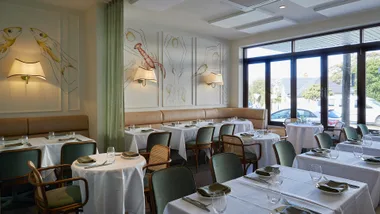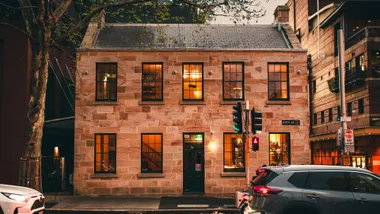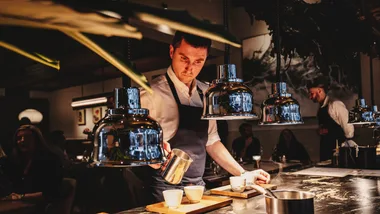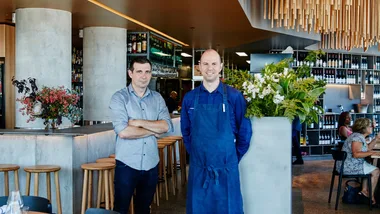Imagine a future where the only breed of milking cow is the “factory” Friesian, and low-cost industrial production overrides animal welfare. A world in which robots milk cows on demand, “fresh” milk costs less than water, and traditional soft and blue raw-milk cheeses have disappeared. We can tick at least some of these boxes right now.
Take Italy for example. Over the past 50 years, it has lost five cattle breeds and about half its traditional regional cheeses. Drive through the countryside where Parmigiano-Reggiano is made and it’s possible you won’t see a single cow. This is because the milk for this benchmark cheese is now sourced in large part from Friesian cows housed in barns where their diet can be strictly controlled. (In an ironic twist, their feed includes grass cut from the pastures they once grazed.) This means the cheese can now be made throughout the year rather than its traditional six-month season.
Denmark and the Netherlands have taken intensive dairy farming a step further. Around a quarter of all milk is now collected from dairy herds kept inside and milked on demand by robots. In the next decade, this percentage will double.
One of the most disturbing international trends in dairy farming is the growing size of herds. There’s an important custodial relationship between farmers and their cows that fundamentally influences milk quality, which is the starting point for all great cheese. But with herd sizes increasing, this relationship is in peril.
Dairy farming in Australia depends on a natural pasture-based system. But to remain competitive in the international commodity trade, producers are constantly challenged to develop lower-cost operating systems. Consequently, over the past 30 years, the number of dairy farms has fallen by more than two-thirds, while the average milking herd has tripled to more than 280 dairy cows.
These numbers seem insignificant, however, compared to California, the largest producer of milk in the United States, where the average size of a milking herd is about 1,600 cows. Visiting a farm with 10,000 animals several years ago while filming the TV series Cheese Slices was a confronting experience. The sight of so many cows held in pens and standing in their own excrement on concrete slabs was upsetting.
Cows in large herds have a shorter life expectancy than those grazed on the land, and are prone to health problems, and therefore higher antibiotic intake. But competition inevitably means industrial farming will continue to grow, and recent plans to build a dairy in Mudanjiang, China, to house 100,000 cows (some shipped from Australia) is surely a sign of the future.
This disturbing trend may seem unstoppable, but the good news is that there has been a revolution among consumers, who are increasingly demanding artisan and farmstead cheese with provenance, flavour and texture. This has encouraged a growing number of specialist cheesemakers and in turn is helping to foster traditional dairy breeds and small family farms.
Authorities can also assist this niche market. The European Union’s protected designation of origin (PDO) system has increasingly recognised the threat to local breeds and the unique regional flavours of the land, soil and climate that help produce these cheeses.
Comté is a shining example. It’s only made from the raw milk of Montbéliarde and Simmental cows, with at least one hectare of grazing each. Another is Camembert de Normandie, which in 2008 as at the centre of a legal battle, dubbed the “Camembert wars”, over the raw-milk requirement for AOC status. With the support of French consumers, the small producers won their case, and next year PDO regulations will ensure all cheese bearing the authentic name will be made from at least 50 per cent Normande breed cows’ milk.
The Slow Food movement has also played a big role in raising awareness of the threats to traditional dairy farming by creating presidia of endangered raw-milk cheeses in 13 nations around the world. (Regrettably, Australia doesn’t feature because of our strict raw-milk regulations.)
There’s now every reason to hope that future generations won’t think cows only come in black-and-white. When we buy farmstead, or farmhouse, cheese, we do ourselves – and our palates – an enormous favour. And it’s kind to the cows as well.










